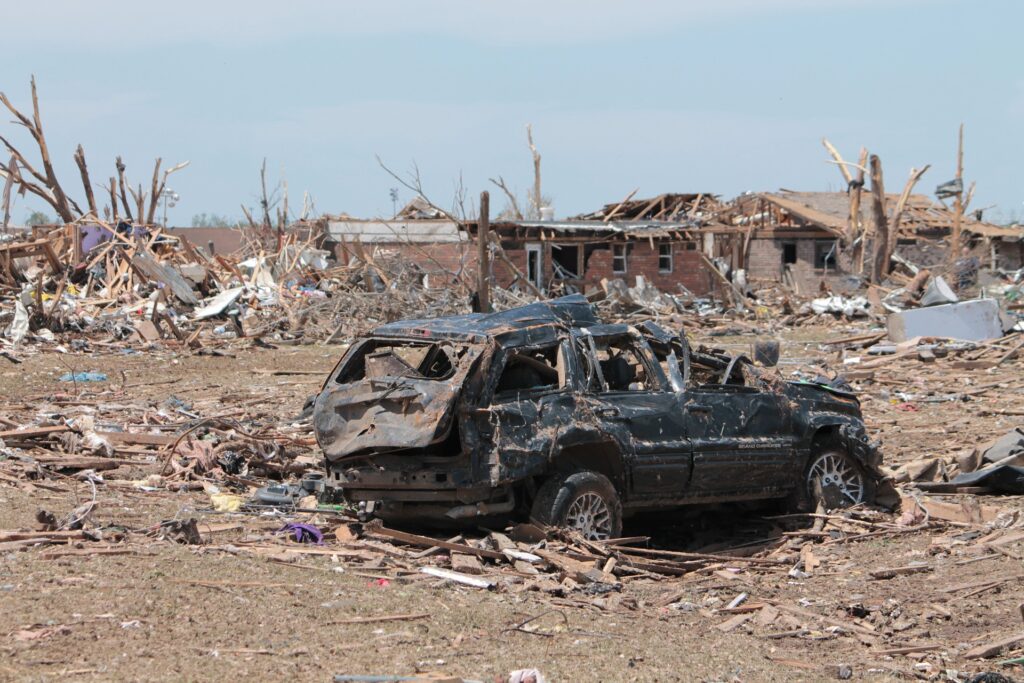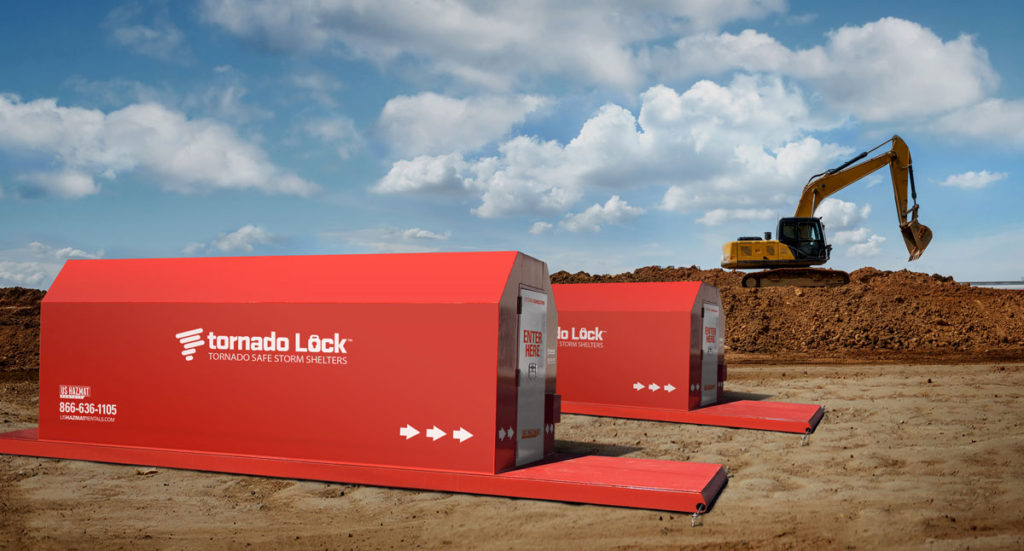Do you remember the first time you saw a tornado? It was probably in your eighth grade science class during a lazy afternoon when a substitute teacher decided to pop in a video from National Geographic rather than teach a drawn-out lesson plan on the mysteries of how vortexes formed. Or maybe you survived such a harrowing experience as you witness firsthand this destructive force of nature. Regardless of where you lived, we’re pretty positive you’ve at least experienced the unnerving fear of a tornado warning flashing across your television screen. Tornadoes are uniquely American. We experience more twisters than almost any country nationwide. Even if one has never touched down in your community, you’re familiar with these storms in some way or fashion. And in an abundance of caution, you’ve might have even toyed with the idea of securing tornado protection. And if you’re a business owner, who values the safety of employees and customers, we’re sure one very important question materialized early in your search. What is the safest tornado shelter?
Demystifying Tornadoes
Like any mysterious force in nature, tornadoes are shrouded in myths and half-truths. Despite a wealth of empirical data suggesting otherwise, many superstitious individuals hold onto some pretty crazy beliefs surrounding tornados. For one, many people believe that tornadoes never strike the same location twice. Just ask folks in Oklahoma or Texas if this is true. There are numerous communities in the “Tornado Alley” corridor that have come close to being completely wiped off the map due to repeated tornado touchdowns. Just like lightning, tornados are a force of nature that strike without impunity of discretion, so to compare the fickle forces of nature to jackpot lottery probabilities is akin to literally throwing caution to the wind. Second, many people still believe that tornadoes never strike big cities or tall buildings. You don’t have to scour the Internet or YouTube for too long to debunk this myth. As with the case with the first myth we proved wrong, tornadoes don’t have minds of their own. They don’t pick and choose where they strike. Instead, they are driven by real and measurable forces of nature. If conditions in one particular community were conducive to tornadic activity at some point in the past, you can assume those same conditions will be recreated at some point in the future.
The Dangers of Misinformation

Have you ever heeded the warning of hiding under an overpass during a tornado or that you can outdrive a storm? Well, if you’re reading this article, you’ve likely not fallen this awful advice, as such behavior has resulted in numerous deaths and fatalities. You cannot outrun or “outsmart” a tornado, as these unintelligible forces of nature are guide by science and physics instead of human inclinations. Tornadoes don’t have “a mind of their own,” and also don’t care what you’re thinking. Chaotic storms will continue to strike mostly in southern states when conditions are favorable, which is becoming alarmingly common. And just because you’re community has never experienced these whirlwinds of destruction doesn’t mean they’re in the clear forever. With Climate Change impacting our world at a greater scale, states and regions never impacted by tornadoes before are seeing more touchdowns than ever before.
Are Belowground Shelters Really Safer Than Aboveground Safe Rooms?

While we’re still on the subject of myths, let’s dispel one final dangerous half-truth. If you’ve spent any amount of time googling, “What is the safest tornado shelter,” you have invariably come across some conflicting information or blatant false advertising. Some unscrupulous tornado shelter dealers or shifty salesmen will try to sell customers on the merits of an underground shelter. While it’s true that underground tornado shelters do have some innate or built-in advantages over aboveground safe rooms, this is not to say they’re fundamentally better or safer than other types of shelters. Aboveground shelters are engineered with the same solid steel sheet metal and principles of superior structural integrity as the belowground models. They are made to withstand the same brutalizing forces of a tornado as any subterranean shelter. ‘But can’t a tornado simply blow an aboveground shelter off its foundation?’ you might ask. This is abhorrently false and dangerous information to those individuals who face unique circumstances that prevent the construction of belowground shelters. Our aboveground saferooms are firmly secured to a concrete pad to prevent this very thing from occurring.
Our superiorly-engineered line of above-ground commercial shelters have undergone a battery of tests to ensure they are up to the task of protecting your employees and potential customers from anything from a EF-5 tornado to a hail of bullets from deranged shooters. Constructed from solid 1/4″ plate steel, these customizable safe rooms and shelters meet all federal specifications and are certified by Texas Tech National Wind Institute in strict accordance to FEMA 320 (2014), FEMA 361 (2015), and ICC-500 (2014) standards for wind-rated impact of 250 mph ground speed tornado events.






